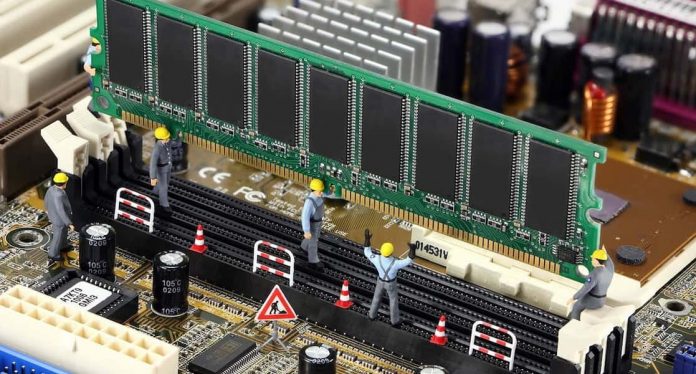
What is Virtual Memory?
Virtual memory is simulated RAM when you have used up all your RAM, your computer will shift data to a specified empty space on the hard drive. The computer swaps data to the hard disk and back to your RAM as needed. When a user increases the virtual memory that means the user is increasing the amount of storage which will be deducted from the total hard drive storage and it will be reserved for the OS to use it as the RAM when needed.
RAM is one of the most important system resources to run your PC smoothly so it’s good to have enough available RAM on your system. You can increase Virtual Memory performance clearing the unused registry and closing the unnecessary background applications.
How to Increase the Virtual Memory of Your Computer?
On Windows XP:
- Click Start, and then click Control Panel.
- Click “Performance and Maintenance”, and then click System.
- On the Advance tab, under Performance, click Settings.
- On the Advance tab, under Virtual memory, click Change.
- Under Drive [Volume Label], click the drive that contains the paging file that you want to change.
- Under Paging file size for selected drive, click to Custom size check box. You can enter the amount of memory you would like to reserve for Virtual memory by entering the initial and maximum size.
- Click Set
- You may need to restart your PC so go ahead and restart the PC you got the pop-up to do that.
Important: To stop your CPU from constantly changing the paging file, set the initial and maximum size to the same value. For example, 500 and 500. The value should be at least 1.5 times more than your physical RAM. If your computer has 512MB of RAM increase the virtual memory paging file to 1.5*512= 768
On Vista or Windows 7:-
- Click Start button Picture of the Start button
- Click Control Panel
- Choose System and Maintenance and then click System.
- In the left pane, click Advanced system settings.
- On the “Advance tab”, under Performance, click Settings.
- Click the “Advance tab”, and then, under Virtual memory, choose Change.
- Click Custom to change the Initial size (MB) and Maximum size. See the hot tip above.
Remember to choose the drive you would like to use to increase the virtual memory. In most cases, it usually takes your C: Drive. You can set the initial size and maximum size after clicking the Custom size checkbox.













![How-to Recover Accidentally Deleted Files [Sponsored] How-to Recover Accidentally Deleted Files-techinfoBiT-top tech tips blog india](https://www.techinfobit.com/wp-content/uploads/2018/11/How-to-Recover-Accidentally-Deleted-Files-techinfoBiT-top-tech-tips-blog-india-218x150.jpg)
















